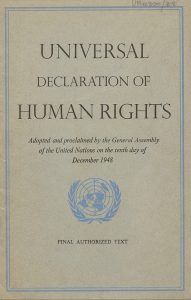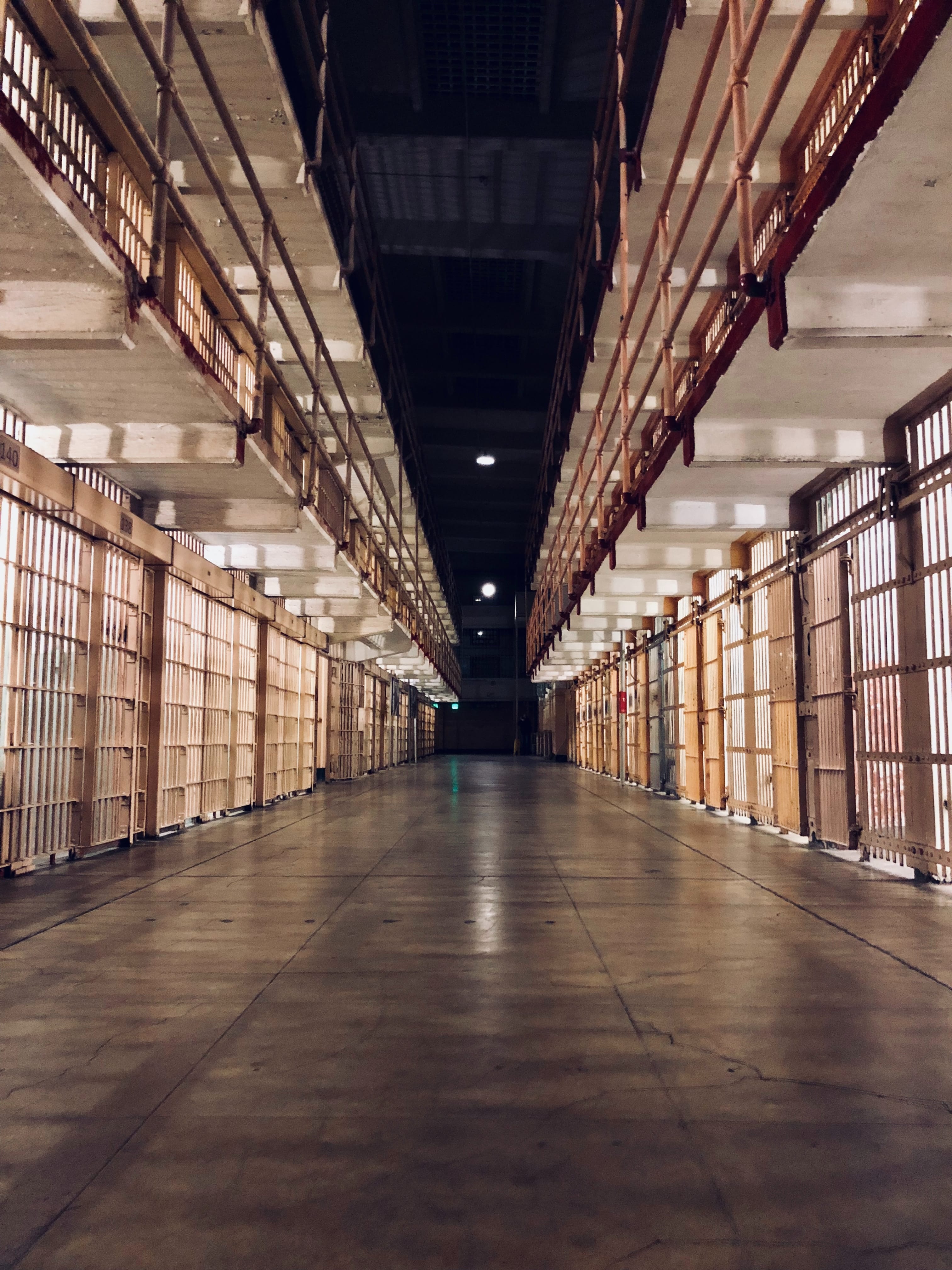As unpopular as the idea may be, prisoners do have fundamental rights. However, they are not in the best position to pursue them. Therefore, periodic policy reform and legislative interventions are what is desperately needed.
The concept of Human Rights is derived from the Universal Declaration of Human Rights. Nations have subscribed to it in varying degrees. This article explores Human Rights in the U.S. Federal System in particular, beginning with an overview of the prison system.
Corrections and Prison Systems
The prison system consists of systems of incarceration, rehabilitation, and parole/probation. It is made up of jails and prisons. Jails are areas where suspected criminals are held, whereas prisons hold convicted criminals. Prisons are divided into Minimum, Low, Medium, and High security, depending on the seriousness of the crime.
Parolees enjoy conditional release from incarceration. These conditions include good behavior and periodic reporting to a supervising authority.
Probation is where convicted offenders are partly incarcerated, or not incarcerated at all. Electronic tracking devices are used in both cases as a tool to monitor their compliance with set conditions.
History of Federal Prisons in the US
In 1891, the Three Prisons Act authorized the first three federal correctional facilities. Fast forward 40 years and Congress established the Bureau of Prisons. The Bureau was tasked with managing and regulating all federal penal and correctional institutions.
Due to a surge in the prison population, the Bureau eventually moved away from managing large facilities with a mix of inmates. They moved to manage smaller ones that housed those with similar confinement security needs. The prison population continued to grow to well over 217, 000 across 119 institutions.
The population began to decline for the first time in 34 years in 2014. It has been on the decline since, due to legislative changes such as the First Step Act of 2018. The Bureau currently operates 122 federal prisons and oversees a prison population in excess of 163, 441.
US Federal Prisons and Human Rights
Human rights violations are rife in the Federal Prison System. But even the most hardened inmate has fundamental rights enshrined in the US Constitution. Prisoners’ rights include the right to:
- Express complaints about conditions.
- Humane conditions and facilities.
- Be free from sexual crimes.
- Assert their rights derived from the Americans with Disabilities Act.
- Medical treatment and care as needed.
- Be free from racial segregation.
- Appropriate mental health care.
Despite the above, human rights violations persist. This includes racial disparity in the prison population, the death penalty, and disparities based on gender and income.
The Prison Litigation Reform (PLRA) Act
The PLRA Act was enacted in 1996, in response to a sharp increase in litigation by prisoners in the federal courts. It was designed to reduce the volume of cases in the courts. It targets what it deems as ‘frivolous’ cases brought by prisoners about their conditions. The Act clearly places at risk a prisoner’s ability to seek recourse for violations of their civil liberties. These violations are namely: the right to due process, and freedom from cruel and unusual punishment.
Death Penalty and Life without Parole
Internationally, the death penalty is a hotly debated human rights issue. It is no less contentious in the US. It is an affront to the right to life enjoyed by every human being.
The death penalty is legal in 29 US states. There are 2,656 prisoners on death row. Three people have been executed since 1988 when the federal death penalty statute was reinstated. In practice, only 39 people were put to death in 2017 compared to 315 in 1996.
Life without parole is considered a humane alternative to the death penalty. It is estimated that around 53,000 Americans are serving life without parole.
However, some schools of thought view this negatively. They see it as a type of death sentence, because of the absence of hope to reform and rehabilitate. Most notably, the European Court of Human Rights judges it as inhumane and degrading treatment.
Human Dignity & US Law
The concept of human dignity is complex. It’s an ideal spearheaded by the Universal Declaration of Human Rights. But there is not much understanding of what it requires, either within or across jurisdictions.

There is no specific mention of human dignity in the US Constitution. The prohibition on cruel and unusual punishment and the due process clause protections allude to the concept of human dignity. Also, human dignity appears in the US Reports in 1946 in a dissenting remark of re Yamashita. This is the first time it does so.
However, the Supreme Court has embraced it as a motivating principle behind the US Bill of Rights. Yet, the Court’s jurisprudence on it has been sparse and under-developed. If you compare it to other national courts, the Court has been slow to expand on this concept. The state of Montana is actually the only one to explicitly refer to human dignity in its constitutional document.
Solitary Confinement
This is where violent inmates who pose a threat to others are put into isolating cells. This practice has become common over the past two decades. It’s increasingly used as a long-term punishment rather than a short-term corrective strategy.
Prisoners can be isolated for more than 23 hours a day, devoid of any stimulation whatsoever. There have been cases where prisoners remain in solitary confinement for indefinite periods reaching up to decades.
The Tamms Correctional Centre in Illinois has been cited in recent studies. It was found that it had 54 inmates who had been in solitary confinement for more than 10 years. This is just the one example, there are many more with even longer periods.
By 1999, more than 30 states, including the Federal Bureau of Prisons, implemented solitary confinement.
Incarcerated Federal Inmates in the US
By estimation, the American criminal justice system has nearly 2.3 million people in 1,833 state prisons, and 110 federal prisons. There are 1,772 juvenile correctional facilities, 218 immigration detention facilities, and 3,134 local jails.
The system also contains 80 Indian Country jails. Roughly 0.7% of the population is currently in a local jail, or state or federal prison. This translates to the fact that the US houses 20% of the world’s prison population.
Having these records goes a long way in informing policy around overpopulation in prisons.
Another benefit of record-keeping is the ability to conduct a federal inmate search on prisoners. This is, for example, where a family member needs to find out certain information on a prisoner. The federal inmate search reveals when a prisoner is meant to be released. These records are maintained by the Bureau of Prisons.
As unpopular as the idea may be, prisoners do have fundamental rights. However, they are not in the best position to pursue them. Therefore, periodic policy reform and legislative interventions are what is desperately needed.


Join the conversation!